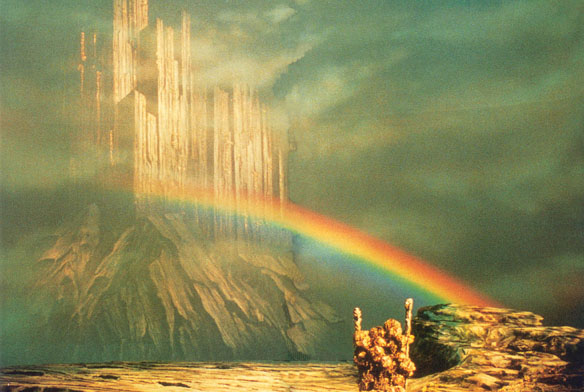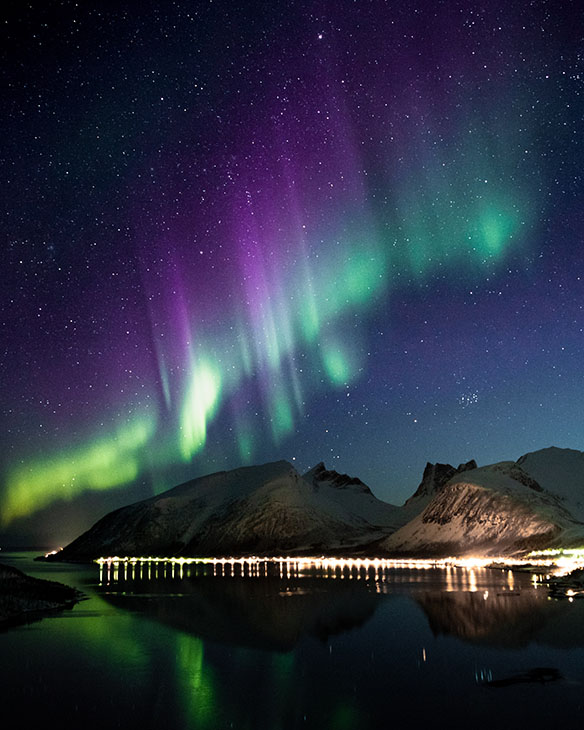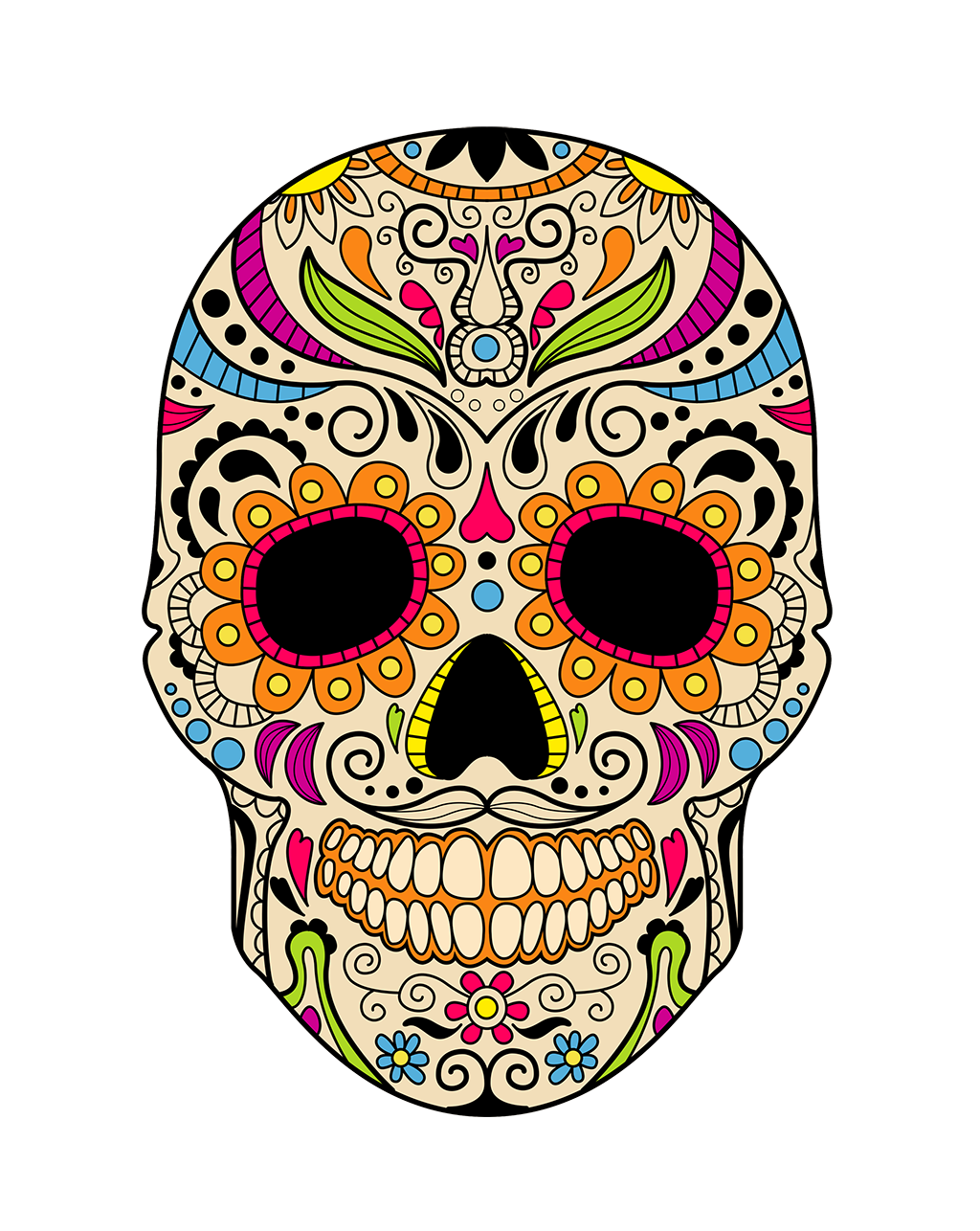The Rainbow Bridge Bifrost from Norse Mythology is Real
The Rainbow Bridge called the Bifrost from Norse Mythology is real.


The Bifrost in Norse mythology is the rainbow bridge that connects the land of humans to the land of the gods. It's described as being a gigantic bridge made of light -- yes, actual light. It's a very beautiful bridge shining with many lights, just a like a rainbow. It's more popularly known from the Marvel Cinematic Universe as the color transportation tunnel Thor and Loki take to rapidly travel back and forth from Asgard and Earth. Here's a picture of the Bifrost to give a better idea what it is described as:

Does it actually exist? Of course it does! You're already aware of its existence. You've seen it many times before, though not everyone has actually seen it in person. I guarantee that you have seen pictures of it. Here is the Bifrost, as it exists in reality:

Think I'm cheating? Then let's go over the facts concerning the Aurora Borealis and its historical name Bifrost.
From an article called "The Bifrost in Norse Mythology: 5 Key Questions Answered" found here, there are a few key descriptions of the Bifrost that are of interest. Here is the first important piece of information:
The Bifrost (roughly pronounced BIF-roast) bridge gets its name from the Old Norse word Bifrӧst, meaning the “shaking or trembling rainbow.” The word is not only a reference to the Bifrost’s color scheme but also the delicate, fleeting nature of this mythological structure.
The key part here is that the word Bifrost means "the shaking or trembling rainbow." Also pay attention to the writer's inclusion of the phrase "delicate, fleeting nature" of the rainbow bridge.
Next in the article, we have this section (emphasis mine):
Many scholars believe that the original name of the Bifrost bridge was actually Bilrӧst, from the Old Norse word bil (a short period of time) and carried the meaning of an “ephemeral colorful bridge.”
If we take Bilrost as the correct name, then we are even closer to having a description that matches the Northern Lights -- they are indeed ephemeral, only appearing in the skies during specific times of the year, and only when certain solar conditions are met.
Here are 2 more points from the article that talk about the Bifrost:
- "Bifrost forms a perfect arch, and its immense length spans the entire sky"
- "Unlike a traditional rainbow that has six or seven colors, the Bifrost is described as having three brilliant colors"
I don't know if the Aurora Borealis makes a perfect arch, but it does span the entire sky. The final piece of evidence for me was that the Bifrost was described as actually only consisting of three colors, not seven like a normal rainbow. If you look at the Aurora Borealis, it definitely has around 3 colors and not 7.
Finally, let's point out the obvious: the Norse people were located exactly where the Northern Lights appear, in Norway and the surrounding areas. They would have looked up at the sky and seen the Aurora Borealis, and they would have noticed that they appear to the North, pointing toward the land of the gods either in the North Pole or in the sky. From my understanding, Asgard was considered to be actually located somewhere on Earth, and wasn't in a separate dimension or in outer space somewhere. Also, if the Northern Lights weren't the Aurora Borealis, then what was the Aurora Borealis to them?
The Bifrost is real. I don't know if you can stand on it, though.
Comments:
Leave a Comment
Submit

